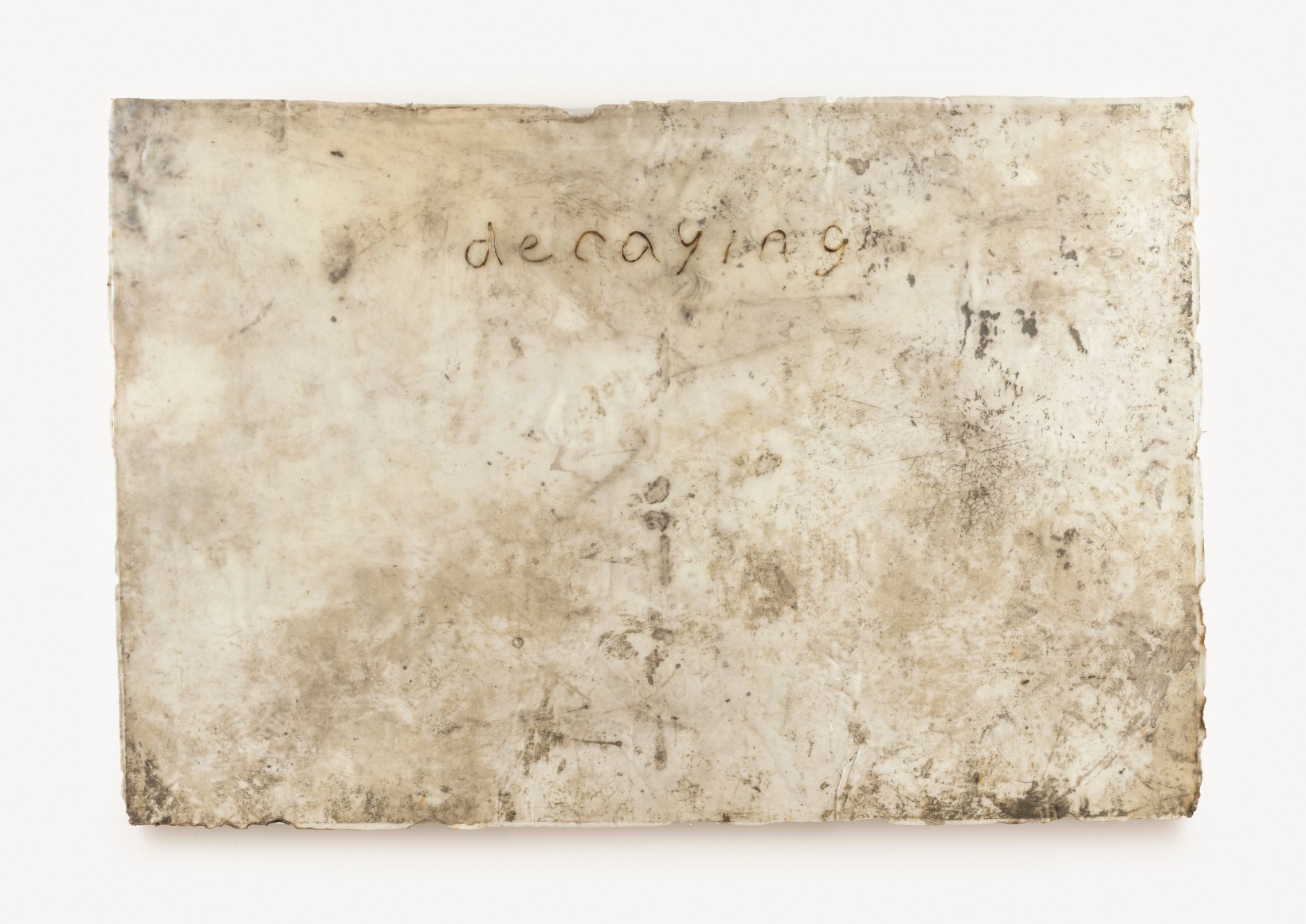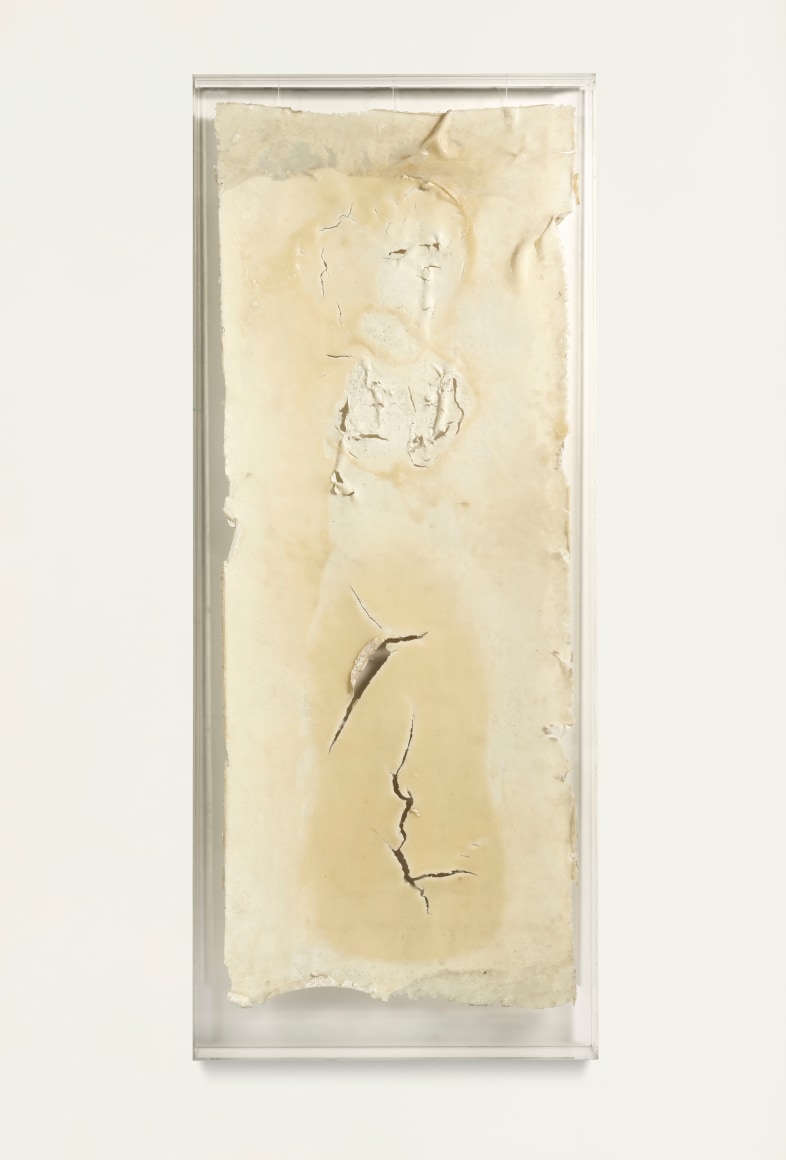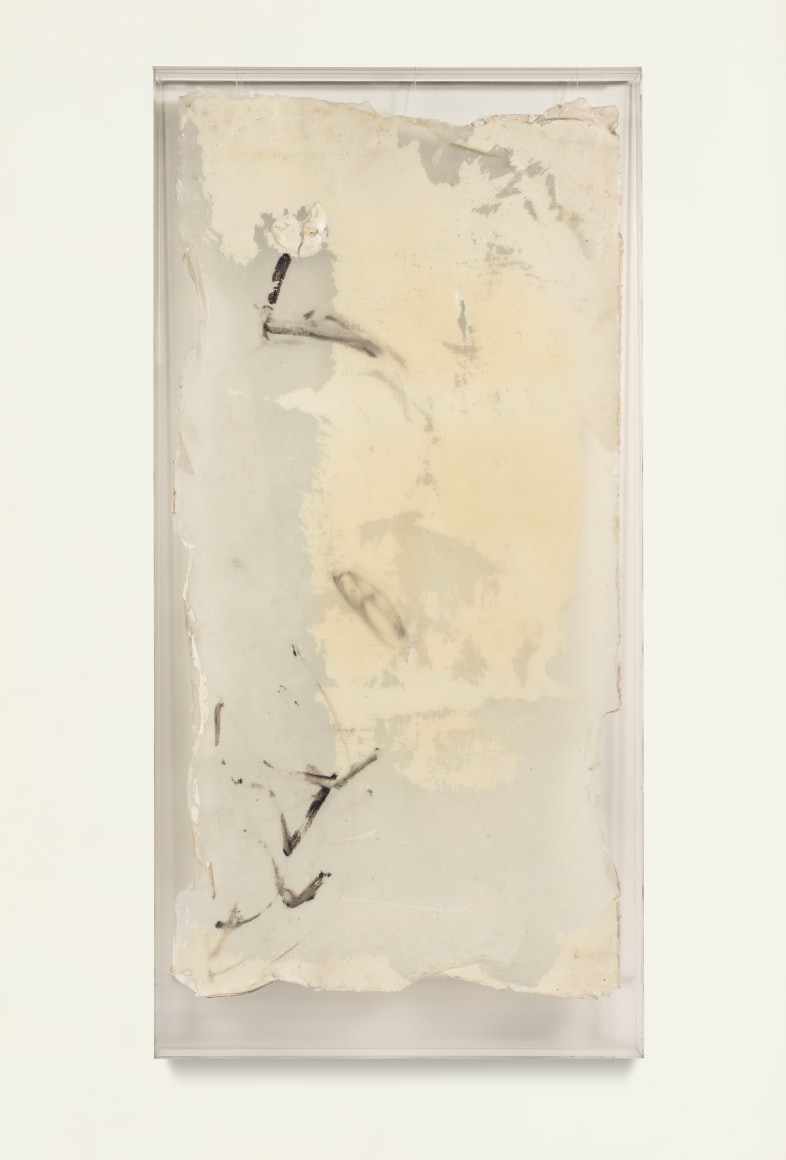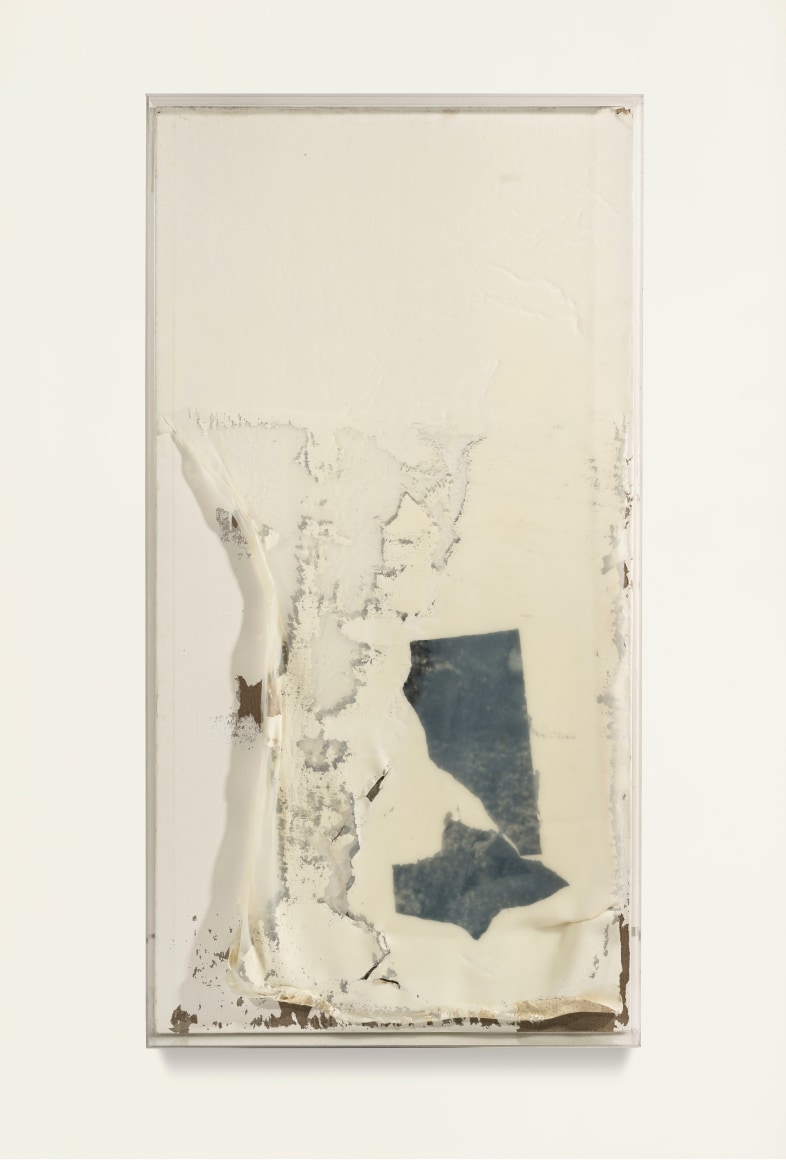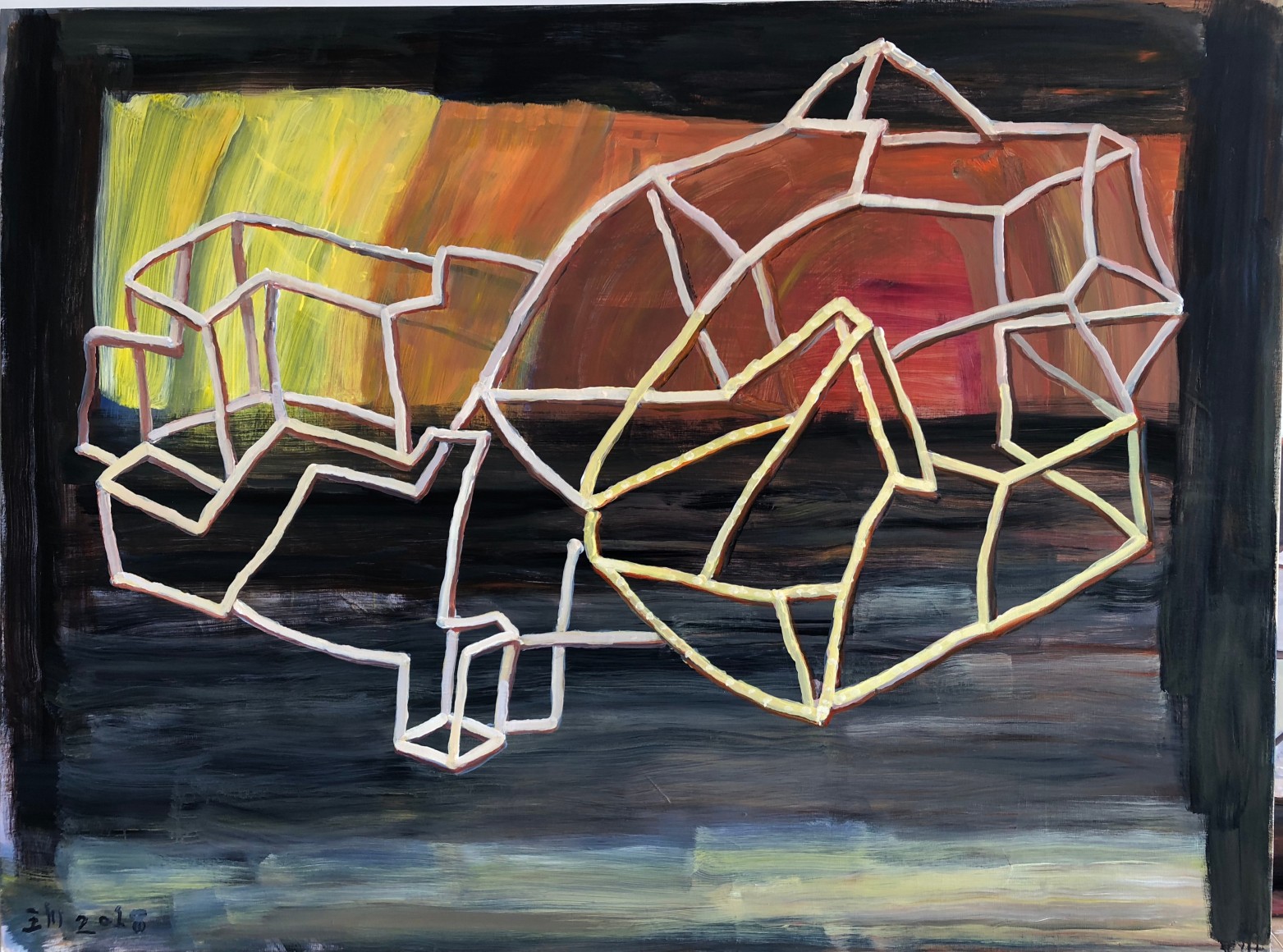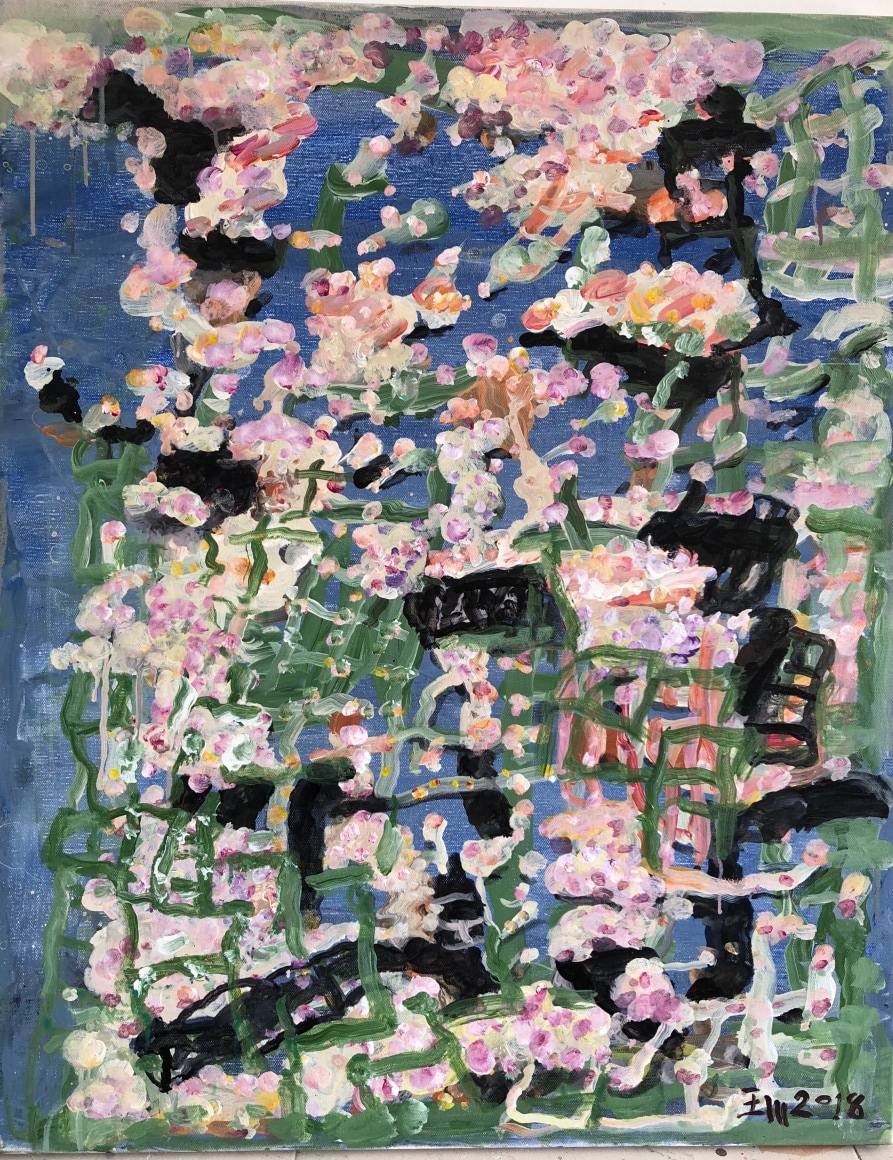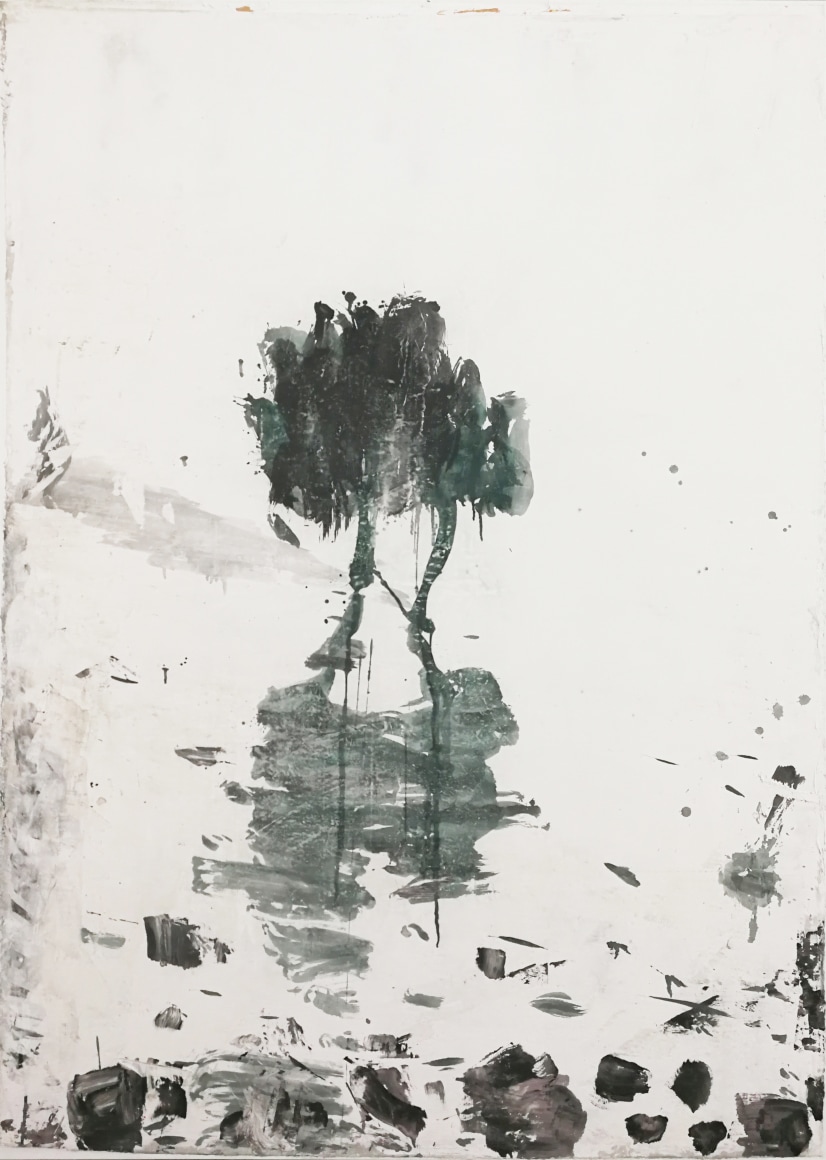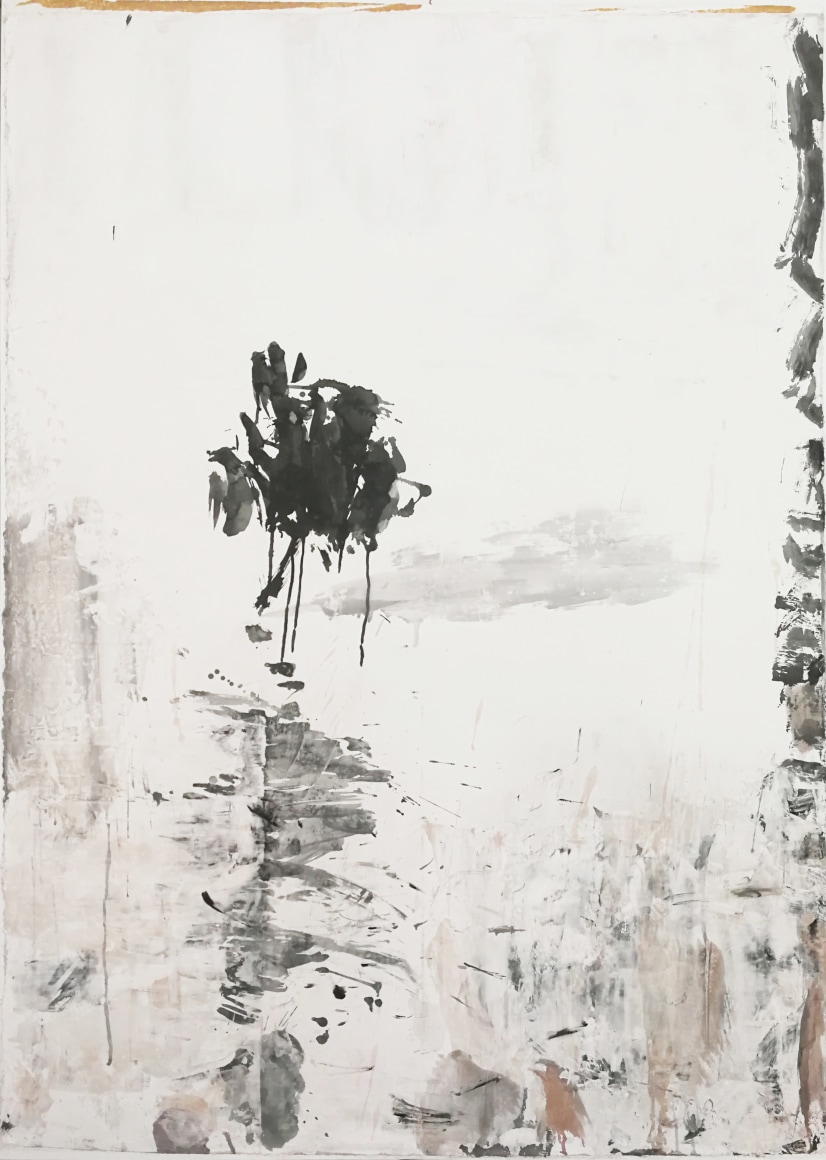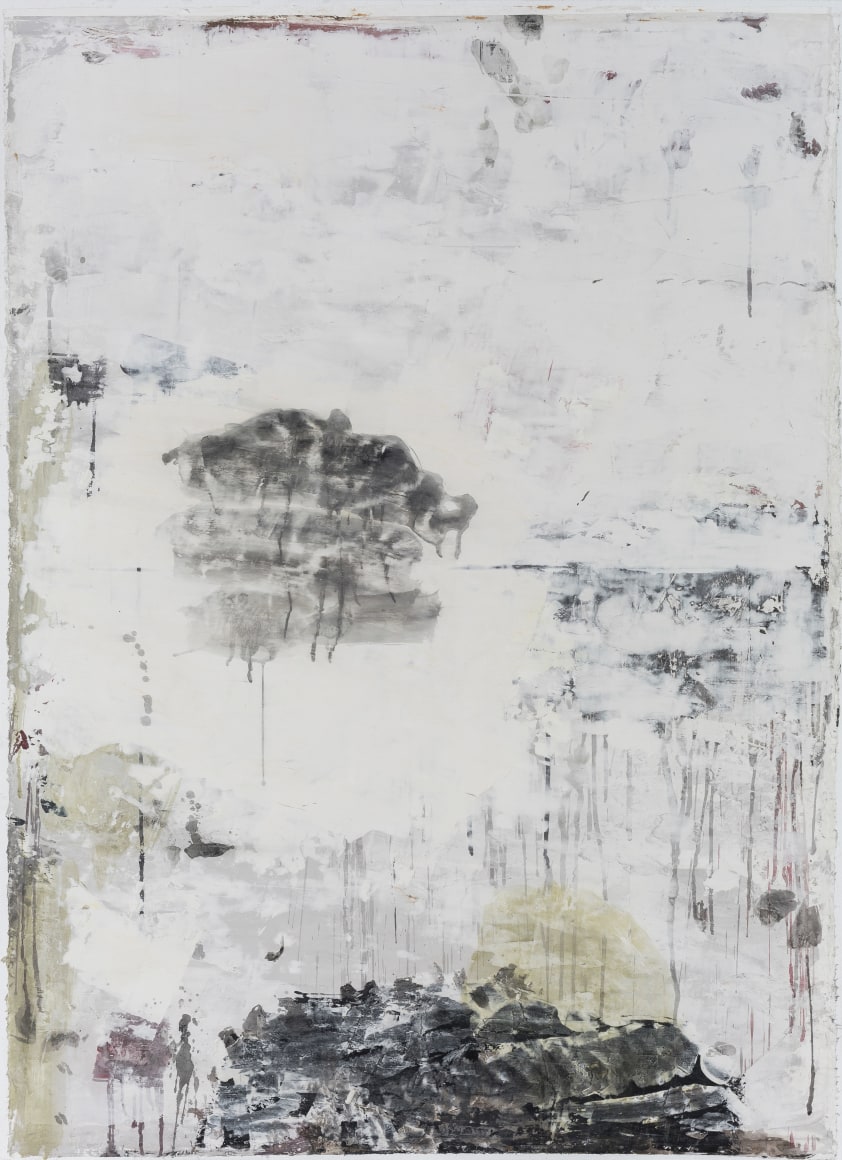Chambers Fine Art is pleased to announce the opening on June 16, 2018 of A State of Mind, curated by Dr. John Tancock. This exhibition will focus on art by Shang Yang, Wang Chuan and Yan Shanchun. Yan Shanchun (b. 1957) has known Shang Yang (b. 1943) since 1982 when he was assigned to Hubei Provincial Academy of Fine Art after graduating from the Zhejiang Academy of Fine Arts, Hangzhou. Yan Shanchun met Wang Chuan (b. 1953) for the first time at the Shenzhen Fine Arts Institute in 1992. Since Wang Chuan became a visiting artist there in 2000, they have been in frequent contact ever since.
Born in the 1940s and 1950s the three artists graduated in the early 1980s, each following a distinctive career path and responding in different ways to the ’85 New Wave. Although not temperamentally disposed at the time to the most extreme provocations enacted by Xiamen Dada, Shang Yang entered a period of systematic experimentation at the end of the 1980s and early 1990s. After 1984 Wang Chuan focused primarily on ink-painting and was one of the few ink painters to be included in the historically important China Avant-Garde exhibition at the National Art Museum of China in Beijing in 1989. Meanwhile, Yan Shanchun concentrated on scholarly and theoretical studies for the next decade.
Among twentieth century artists whose work has been influential on the development of contemporary Chinese art the name of Cy Twombly is seldom mentioned but as it happens Shang Yang, Wang Chuan, and Yan Shanchun are all great admirers. Yan and Wang both discovered his work from magazines in the mid-1980s. When Wang was able to see actual paintings for the first time he has commented that he “came to understand how he surpassed all the others. By that point he had gone to Italy. I heard they looked down on him in New York, because his painting was too elegant, too emotional.” Twombly is also one of the numerous artists admired by Shang Yang who has noted that when he “first saw his paintings, I felt it was all over. It was my intention to paint like him but he did it so perfectly.”
As has become apparent, Cy Twombly has entered the bloodstream of Shang Yang, Wang Chuan, and Yan Shanchun at different periods in their lives and in different ways. It is most immediately apparent in the work of Wang Chuan to whom Twombly seems to have been a kind of life-line after a long period of convalescence, offering him suggestions as to how his own calligraphic style might be enriched by increasing the complexity of the relationship between multiple linear force-lines. In recent years a pliable box-like form tends to dominate many of his paintings. Reflecting his familiarity with many aspects of Buddhist philosophy, he has commented that he is painting “the idea of a box, something empty. The human brain is like a trash-can, indiscriminately absorbing and storing news, entertainment and gossip. But in the same way this trash can be dumped out. My box is like this as well. Viewers can fill it with those notions. It can be a house, a car, a computer, a TV set or a microwave. When these paintings have been exhibited, the viewers all tell me their various perceptions, and I think they’re all fine.”
For Yan Shanchun, also, Twombly is an inspiring example although for somewhat different reasons. He admires him for the depth of his culture, his easy familiarity with the literature and visual arts of the ancient and modern world and his ability to fuse this with his practice as a contemporary painter. Committed as he is to the exploration of everything that West Lake in Hangzhou has stood for in the history of Chinese civilization, Yan’s focus is much narrower than Twombly’s but there is no doubt that in his recent paintings he has accomplished a similar miraculous fusion of literary and visual allusions and remarkable painterly inventiveness. The lake and its famous landmarks appear only fleetingly through a scrim consisting of multiple layers of plaster and pigment.
Shang Yang has reached the stage in life when his latest works might rightfully be described as a “late style,” the period when after years of conscientious production of works of art in many media he abandons all caution and listens more carefully than ever to the suggestions made by the materials with which he works, oil paint now only playing a subsidiary role. Throughout his long career he has been concerned with the landscape of China as it has shaped and been shaped by human society. He has approached this vast subject in many ways, but since 2002 the Ming dynasty painter and theoretician Dong Qichang (1555-1635) has provided a framework on which he has based his investigations. As with Twombly, however, the cultural references are masked beneath an apparent disdain for technical finesse that has become increasingly apparent, notably in the works that followed Remnant Mountain (2011-2013). Imagery has been banished from the series of works titled Cataract (2017), the uneasy tension between the act of creating and simultaneous destruction evoking a contemporary crisis. Decaying (2018) encapsulates its theme in the written word in the same way that Twombly frequently isolates the names of Virgil or Orpheus in paintings and works on paper.
Summarizing the defining characteristic of Cy Twombly’s oeuvre, Kirk Varnedoe wrote that “the act of translation, of reconceiving the past in contemporary terms and by this traduction insisting on its presentness – or in general of crossing over from one form of “language” to another to capture complex meanings – has been central to [Twombly’s] pursuits.” This description offers an insight into the affinity that Shang Yang, Wang Chuan, and Yan Shanchun feel for Cy Twombly.

